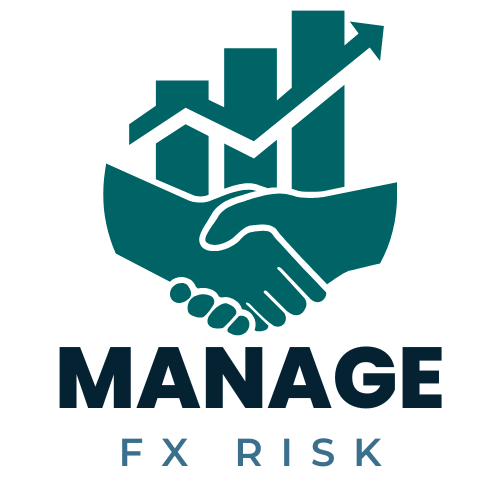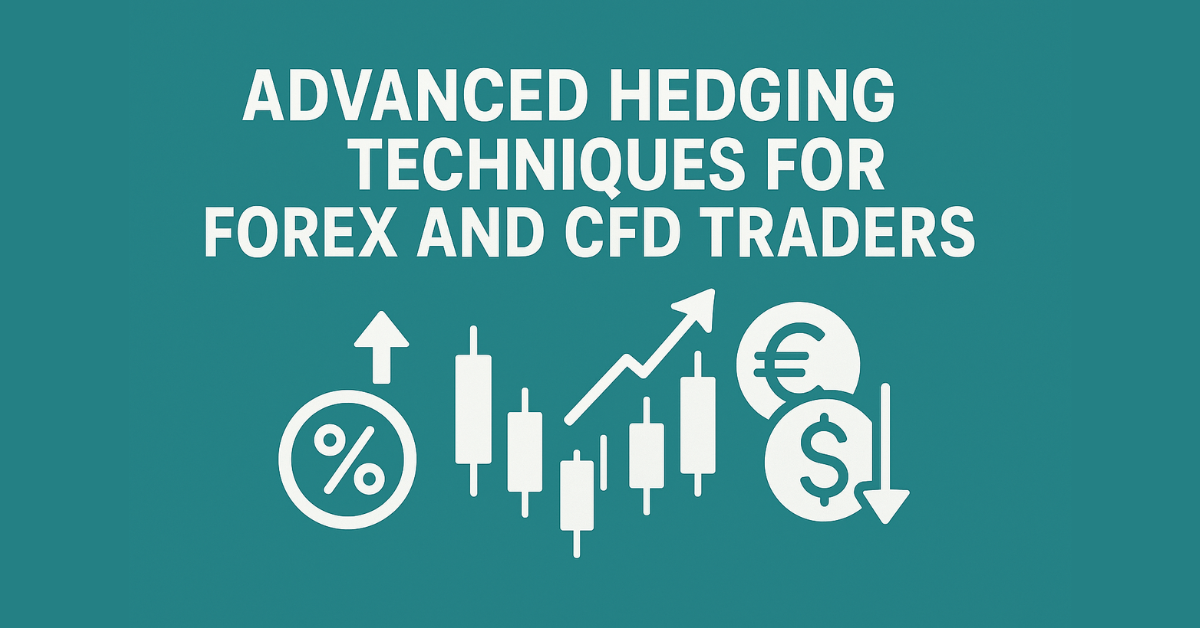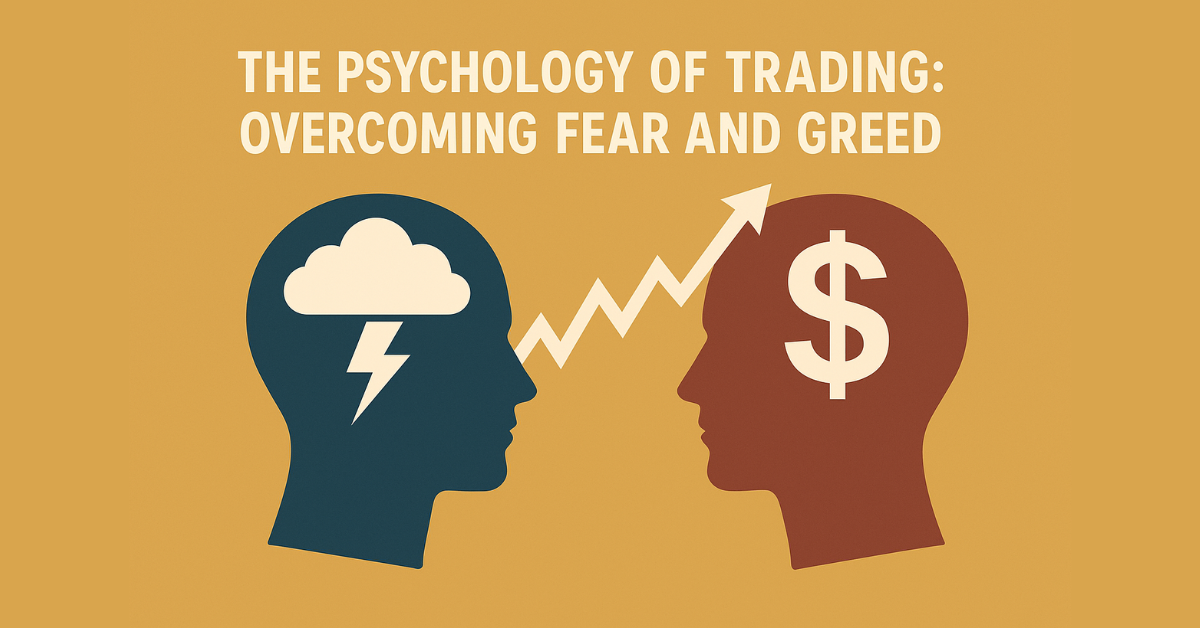Risk management in forex is the foundation of successful trading. It defines how traders protect their capital, manage exposure, and make decisions with discipline. Many traders focus on strategies and indicators, but without strong risk management, even the best systems fail. This guide explains risk management from the basics to advanced levels, helping traders understand how to reduce risk in trading, protect profits, and control losses.
Understanding Risk Management in Forex
Risk management in forex refers to the techniques traders use to limit losses and protect capital. It combines money management, psychology, and strategy execution.
- It ensures traders survive losing streaks.
- It prevents overexposure to volatile price movements.
- It builds consistency for long-term growth.
Why Risk Management Matters More Than Strategy
A profitable strategy without risk control leads to blown accounts. Many traders lose money not because of poor analysis, but because they risk too much. Risk management creates stability by ensuring small, controlled losses instead of account-destroying mistakes.
Basics of Trading Risk Strategies
At the beginner level, traders must adopt simple but effective methods to protect capital.
Setting Stop-Loss Orders
Stop-loss is the most basic risk tool. It defines the maximum amount a trader is willing to lose on a trade. Without stop-loss, traders risk unlimited losses.
Calculating Position Size
Lot size should match account balance and risk tolerance. Most traders risk 1–2% of their capital per trade. This prevents small losses from turning into devastating ones.
Risk-to-Reward Ratio
Successful traders maintain ratios like 1:2 or 1:3. This means risking $100 to make $200 or $300. Over time, positive risk-to-reward ratios allow profits to exceed losses.
Intermediate Risk Management Techniques
Diversifying Trading Pairs
Relying on a single pair increases exposure. Trading multiple pairs spreads risk. For example, EUR/USD and USD/JPY may react differently to news events, reducing overall risk.
Using Leverage Wisely
High leverage attracts traders but increases danger. A small price movement can wipe out accounts. Keeping leverage low ensures more controlled trading.
Avoiding Overtrading
Overtrading often comes from greed or revenge trading. Sticking to a fixed number of trades per day or week prevents emotional decisions and reckless exposure.
Advanced Risk Management in Forex
Hedging Strategies
Hedging involves holding opposing positions to offset risk. For example, buying EUR/USD while selling GBP/USD can balance exposure to the U.S. dollar.
Scaling In and Out
Advanced traders enter trades gradually (scaling in) or exit portions at different levels (scaling out). This approach spreads risk and locks profits step by step.
Correlation Analysis
Some currency pairs move together, while others move in opposite directions. Understanding correlation prevents doubling exposure unknowingly.
How to Reduce Risk in Trading
Reducing risk requires both technical and psychological discipline.
- Trade with clear plans, not emotions.
- Use fixed risk percentages per trade.
- Limit leverage and avoid oversized positions.
- Review trades regularly to identify mistakes.
Managing Trading Losses
Losses are part of forex trading. Successful traders control how much they lose and how they respond.
Accepting Losses as Learning Tools
Every loss provides feedback. Journaling trades helps identify patterns of mistakes and emotional triggers.
Avoiding Revenge Trading
Trying to win back losses quickly leads to bigger losses. Traders must pause, analyze, and return with discipline.
Rebalancing After Losing Streaks
If a trader faces multiple losses, reducing position size can help regain confidence without risking large amounts.
Principles of Forex Risk Management
Risk Per Trade
Never risk more than 1–2% of account balance per trade. This principle keeps traders in the market long enough to see their strategies play out.
Risk Per Day or Week
Daily or weekly limits prevent emotional blowouts. For example, stopping after 3 consecutive losses prevents damage from emotional trading.
Protecting Profits
Trailing stop-loss orders help secure profits as trades move in the right direction.
The Role of Psychology in Risk Management
Strong risk management is not only about numbers but also mindset.
- Fear leads to premature exits.
- Greed leads to oversized trades.
- Overconfidence leads to ignoring stop-loss.
Traders must develop discipline, patience, and emotional control to follow risk strategies consistently.
Practical Tips for Strong Forex Risk Management
- Always use stop-loss orders.
- Risk a fixed percentage per trade.
- Keep a trading journal.
- Limit leverage to safe levels.
- Take breaks after big wins or losses.
- Maintain healthy routines: sleep, exercise, and stress control improve decision-making.
Long-Term Success with Risk Management
Risk management ensures traders survive long enough to succeed. It transforms trading into a skill rather than a gamble. By applying structured risk methods, traders create consistent growth. The key is patience, discipline, and continuous learning.
Historical Perspective of Risk Management in Forex
Risk management in forex has evolved alongside the development of global financial markets. In the early years of currency trading, risk was often handled manually, with traders relying on experience rather than structured models. Large institutions later formalized risk control through standardized stop-loss rules and exposure limits. The rise of electronic trading made leverage widely available, which increased both opportunities and risks for retail traders. Understanding this history is important because it shows why risk management is now considered the backbone of trading success. Modern traders benefit from decades of research and practical lessons that shape the way risk is controlled today.
Drawdown and Recovery in Forex Risk Management
One of the most overlooked aspects of risk management in forex is the concept of drawdown. Drawdown represents the decline in account equity from a peak to a trough during a trading cycle. A 20% drawdown requires a 25% gain to recover, while a 50% drawdown requires 100% just to break even. This mathematical reality explains why traders cannot afford to risk large portions of their account on a single trade. The smaller the drawdown, the easier it is to recover and continue compounding profits. Professional traders always focus on limiting drawdowns rather than chasing large short-term gains.
Risk-Adjusted Returns and Performance Metrics
Managing trading losses is not only about reducing them but also about measuring returns relative to risk. Professional traders use ratios like the Sharpe Ratio or the Sortino Ratio to evaluate whether their profits justify the risks taken. A trader who gains 10% with minimal risk is often considered more successful than one who gains 30% with extreme volatility. This focus on risk-adjusted returns allows traders to build consistent, scalable strategies. Measuring expectancy—the average return per trade when considering both wins and losses—also ensures that the trading system is mathematically sound.
Retail vs Professional Trader Risk Habits
Retail traders often approach forex with the goal of fast profits, leading them to overleverage and ignore structured risk controls. Professional traders, by contrast, treat risk management as a non-negotiable rule. They rarely risk more than 1%–2% of their capital on a trade, and they follow strict limits on daily or weekly losses. The gap between retail and professional traders is not strategy but discipline. Professionals see capital as a resource that must be preserved at all costs, while retail traders often treat it as expendable. Closing this gap is one of the main challenges for beginners in forex.
Building a Personal Risk Management Plan
Every trader needs a risk management plan that matches their capital, goals, and trading style. A personal plan sets rules for maximum risk per trade, acceptable drawdowns, and daily or weekly limits. It also includes methods for position sizing and diversification across pairs. The plan should be written down and reviewed regularly to avoid emotional decisions. By creating a structured approach, traders reduce uncertainty and make decisions based on predefined rules. Over time, this plan becomes a trader’s compass, ensuring that each trade aligns with long-term goals rather than short-term impulses.
Advanced Money Management Models
Beyond simple fixed-percentage risk, advanced traders use money management models like the Kelly Criterion and Fixed Ratio method. The Kelly Criterion calculates optimal bet sizes based on probability and expected return, helping traders maximize growth while controlling risk. The Fixed Ratio method increases trade size gradually as profits grow, reducing exposure during losing periods. These models bring mathematical precision to position sizing and capital allocation. While they may be too complex for beginners, experienced traders find them useful for fine-tuning their risk control and scaling profits sustainably.
Adapting Risk Management to Trading Styles
Different trading styles require different risk approaches. Scalpers, who take multiple small trades daily, must keep risk per trade very low to avoid rapid drawdowns. Day traders balance short-term volatility with controlled leverage, while swing traders hold positions for days or weeks, requiring wider stop-loss levels. Position traders, who hold trades for months, manage risk more through macroeconomic analysis and portfolio diversification. Adapting risk management to the chosen style prevents mismatches that could lead to unnecessary losses. A strategy without tailored risk rules often fails because it ignores the unique demands of that style.
The Role of Technology in Risk Management
Technology now plays a central role in managing risk in forex trading. Automated trading platforms allow traders to predefine stop-loss and take-profit orders, removing emotions from execution. Risk calculators help determine proper lot sizes, while advanced analytics measure volatility and exposure in real time. Artificial intelligence is also being applied to monitor market behavior and adjust risk dynamically. For both retail and institutional traders, technology ensures that risk management rules are applied consistently, reducing the chance of human error. However, traders must still understand the principles behind these tools to avoid over-reliance.
Case Studies: Success and Failure in Risk Management
History offers many examples of traders who either succeeded or failed based on risk management. Some hedge funds collapsed after taking oversized leveraged positions, showing how even professionals can fail when discipline is ignored. On the other hand, traders who maintained strict drawdown limits survived crises and continued to grow. These cases prove that risk management is not optional but essential. Learning from both success and failure helps traders understand the consequences of ignoring risk rules and the rewards of applying them consistently.
Advanced Position Sizing Techniques in Forex
Position sizing is at the core of risk management in forex. Most traders focus only on stop-loss placement but overlook how trade size impacts overall risk exposure. Advanced techniques such as fixed fractional position sizing, Kelly criterion, and volatility-based sizing allow traders to align trade sizes with market conditions and account equity.
- Fixed fractional method ensures that each trade risks only a set percentage of equity (e.g., 2%). This protects the account during losing streaks.
- Kelly criterion adjusts position size based on historical win-rate and reward-to-risk ratio. While mathematically strong, it can be aggressive, so traders often use half-Kelly to reduce volatility.
- Volatility-based sizing uses indicators like ATR (Average True Range) to adjust lot sizes according to current market volatility. High volatility means smaller lot sizes; low volatility means larger lot sizes.
These techniques help balance risk and reward dynamically instead of treating every trade the same way.
Diversification Within Forex Trading
Diversification is often discussed in stock portfolios but rarely applied in forex. A trader heavily exposed to a single currency pair, such as EUR/USD, faces concentrated risk. By spreading trades across multiple currency pairs and correlating assets, traders can reduce exposure to sudden events like central bank announcements.
For example, if a trader holds both EUR/USD and GBP/USD positions, they should recognize the correlation caused by the U.S. dollar. True diversification may involve including JPY, AUD, or CAD pairs that respond differently to global events.
Correlation Risk and Hedging Strategies
Currency pairs often move in correlation due to shared base or quote currencies. Ignoring correlation can amplify risk. For instance, holding EUR/USD long and GBP/USD long may double exposure to USD weakness.
- Traders can monitor correlation matrices to identify highly correlated pairs.
- Strategic hedging, such as holding a long EUR/USD and short USD/CHF, can neutralize dollar exposure while keeping potential gains.
- Some brokers provide correlation dashboards, which professional risk managers use to align overall portfolio exposure.
Impact of Leverage on Risk Management
Leverage is a double-edged sword in forex. High leverage magnifies both profits and losses. Many retail traders misuse leverage by opening oversized positions, leading to margin calls.
Effective leverage management involves:
- Limiting effective leverage to a safe range (e.g., below 10:1).
- Using margin calculators to estimate potential drawdowns.
- Combining leverage control with strict stop-loss rules.
This balance allows traders to use leverage as a tool instead of a risk multiplier.
Stress Testing and Scenario Planning in Forex
Professional trading desks and brokerages use stress testing to measure how trading strategies perform under extreme conditions. For retail traders, this means simulating scenarios such as:
- Sudden 200-pip moves caused by geopolitical news.
- Unexpected central bank interest rate changes.
- Flash crashes triggered by liquidity gaps.
By planning responses to such situations, traders can avoid panic and stick to pre-defined actions. Backtesting software and demo accounts are excellent tools for practicing scenario responses.
Importance of Trading Journals in Risk Evaluation
A trading journal is more than just a log of entries and exits. It is a tool to measure risk discipline. By recording risk-per-trade, drawdowns, and psychological state during trades, traders can identify repeated mistakes.
For example:
- A trader may notice they increase position size after a win, leading to revenge trading.
- Another may realize they consistently cut winners early due to fear of losing unrealized profits.
Such patterns only become visible when journaling is consistent, making it a cornerstone of risk management in forex.
Risk of Overtrading and Burnout
Overtrading is a hidden risk that many traders underestimate. It happens when traders take excessive trades due to boredom, greed, or the illusion of “catching every move.”
Consequences include:
- Increased exposure to commissions and spreads.
- Higher probability of deviating from strategy.
- Emotional exhaustion that impairs decision-making.
Limiting the number of daily or weekly trades and scheduling rest periods is essential to long-term survival.
Psychological Resilience in Risk Management
Even the best trading risk strategies fail if the trader cannot maintain psychological stability. Managing trading losses requires resilience and acceptance.
Techniques to build resilience:
- Mindfulness and meditation to reduce stress.
- Scheduled breaks to prevent screen fatigue.
- Pre-trade routines that reinforce discipline.
A resilient mindset allows traders to stick to plans even after consecutive losses.
Technology and Automated Risk Controls
Modern trading platforms provide automated features that support risk management:
- Guaranteed stop-loss orders (GSLOs) protect against slippage during extreme volatility.
- Trailing stops lock in profits while reducing downside risk.
- Risk dashboards summarize overall portfolio exposure.
Traders who integrate these tools reduce manual errors and maintain consistency in applying strategies.
Conclusion
Risk management in forex is not just a supporting element of trading; it is the foundation that determines long-term survival and profitability. While strategies, technical tools, and analysis methods guide decision-making, risk controls ensure traders remain protected when markets move unpredictably. By applying effective position sizing, controlling leverage, diversifying across pairs, and maintaining strict discipline, traders can minimize unnecessary exposure.
In the end, forex trading should be approached as a skill refined over time, not as a gamble. Success comes to those who treat risk with respect, learn from every market scenario, and continue developing both strategy and discipline. With a structured approach to managing trading losses and reducing exposure, risk management in forex transforms from a defensive tactic into a roadmap for long-term success.






